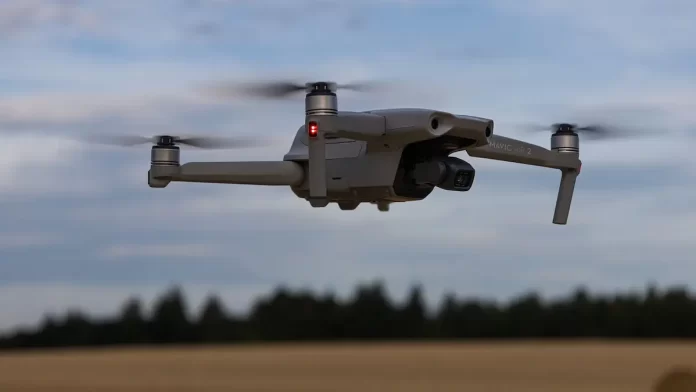Metagenomics, a relatively young field in the realm of microbiology, has revolutionized our understanding of microbial diversity and their roles in various ecosystems.
Traditionally, metagenomics has focused on studying microorganisms in soil, water, and human gut, among others.
However, the development of aerial metagenomics has allowed researchers to investigate the invisible biosphere that hovers above us, opening up a new frontier in microbial exploration.
In this article, we delve into the concept of aerial metagenomics, its methods, applications, and potential implications for various fields.
What is Aerial Metagenomics?
Aerial metagenomics involves the comprehensive analysis of microorganisms present in the Earth’s atmosphere, which includes bacteria, archaea, viruses, fungi, and other airborne particles.
These minute life forms play a critical role in ecological processes, including nutrient cycling, atmospheric chemistry, and even cloud formation.
Despite their significance, our knowledge of the aerial microbial world has been limited due to the technological challenges associated with capturing and analyzing these microorganisms.
Methods and Challenges
Collecting samples for aerial metagenomics is a complex process that requires specialized equipment and techniques.
Common methods include the use of high-altitude balloons, drones, aircraft, or even satellite-based remote sensing technologies.
These tools facilitate the sampling of air masses from different altitudes, geographical locations, and environmental conditions, providing valuable insights into the distribution and diversity of aerial microorganisms.
One of the main challenges in aerial metagenomics is the preservation of genetic material in collected samples.
Airborne microorganisms are often subjected to harsh conditions, such as UV radiation and temperature fluctuations, which can lead to degradation of nucleic acids.
Researchers have devised innovative preservation methods to mitigate these challenges and ensure accurate analysis of the microbial DNA and RNA.
Applications of Aerial Metagenomics
- Climate Science and Weather Prediction: Aerial metagenomics offers a unique opportunity to study how microbial communities interact with weather patterns, cloud formation, and precipitation. Understanding these interactions is crucial for accurate climate modeling and weather prediction.
- Biogeography and Biodiversity: Aerial metagenomics allows researchers to explore microbial biogeography, understanding how microbial communities vary across different regions and altitudes. This knowledge helps in conserving biodiversity and protecting fragile ecosystems.
- Public Health and Disease Surveillance: Aerial metagenomics has the potential to identify airborne pathogens, which is particularly relevant for monitoring infectious diseases and developing strategies to mitigate outbreaks.
- Agriculture and Environmental Monitoring: Studying aerial microbial communities can shed light on their impact on crops, pests, and soil health, thereby aiding in the development of sustainable agriculture practices.
- Biosecurity and Bioterrorism Detection: The ability to monitor the aerial microbial landscape could enhance biosecurity measures and help detect potential bioterrorism threats.
Ethical Considerations
As with any field involving genetic data, aerial metagenomics raises ethical concerns. The collection and analysis of airborne genetic material may inadvertently capture private or sensitive information.
Striking a balance between scientific advancement and ethical considerations is essential to ensure the responsible and secure use of aerial metagenomic data.
Conclusion
Aerial metagenomics is a cutting-edge field that holds great promise in unraveling the mysteries of the invisible biosphere that envelops our planet.
As technology advances and methods improve, we can expect significant breakthroughs in understanding the ecological importance of airborne microorganisms and their implications for climate, human health, agriculture, and beyond.
However, it is vital for researchers, policymakers, and society to approach this exciting frontier with ethical awareness and responsible stewardship to harness its full potential for the betterment of our world.
